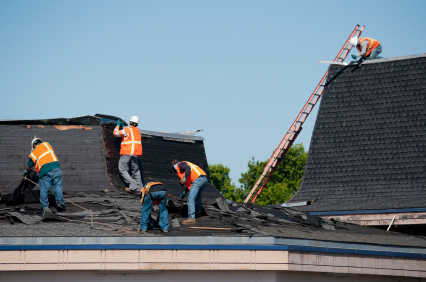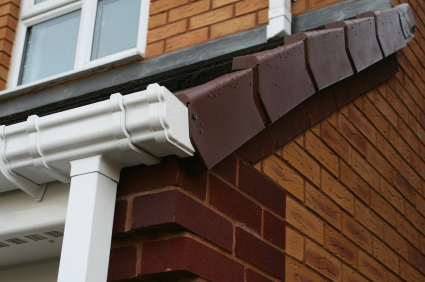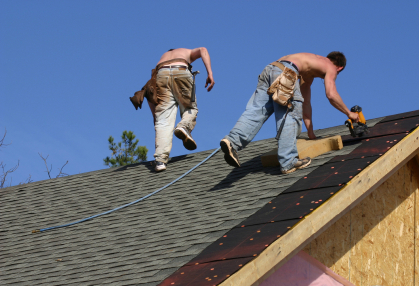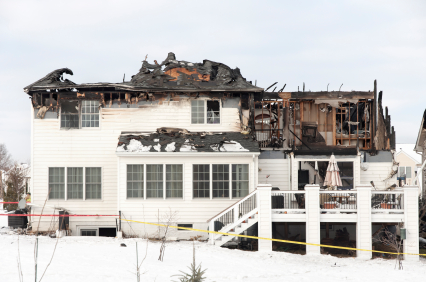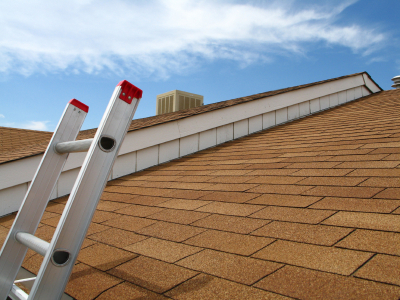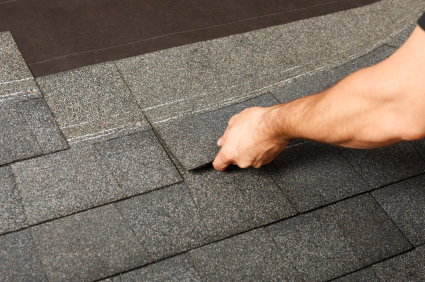Understanding the different parts of a roof is not only interesting, but it can be extremely beneficial if you are having a leak or if you are wondering if your roof will really hold during a big storm. In addition to the actual infrastructure of the roof, there are various names for areas of the roof. The following is a list of common roof terminology and areas:
– Dormer: The structure protruding from the roof that surrounds a window.
– Roof Truss: The system of beams making the foundation of the roof. In addition, rafters are part of the roof truss and run from the top to the bottom of the roof.
– Hip: Where two sloping roofs intersect and create an external angle.
– Valley: The internal angle where two sloping roofs intersect.
– Fascia: The covering of the end of the rafters that is usually used to attach gutters to.
– Ridge: The highest point running along the length of the roof.
– Starter Strip: Protects the roof from wind and fills in gaps.
– Eave: An eave is the lower overhanging of a roof.
– Gable: A gable is the triangle projection coming from the roof that is below the highest point on the roof but above the main house.
Check out this roof parts link to get acquainted with the anatomy of your roof and to have a great visual of the layout. If any issues come up with your roof or you need help now, use TalkLocal to get in touch with a high quality roofer in your area.

